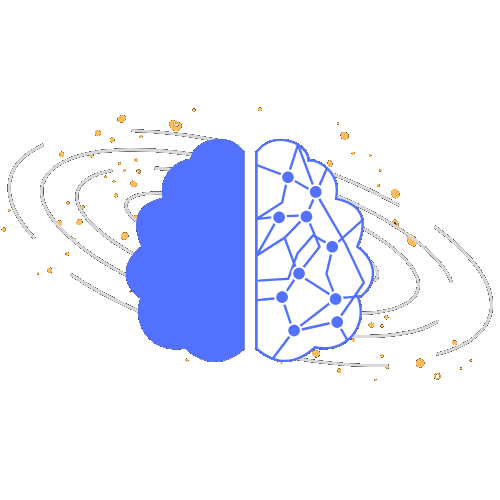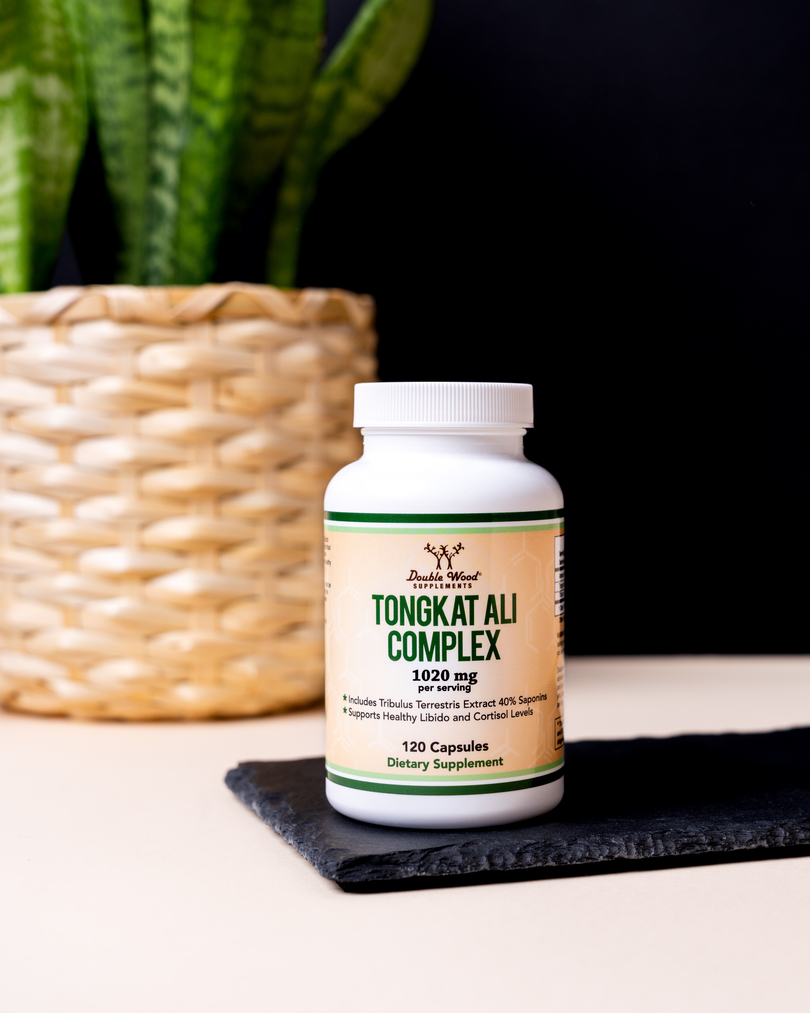Welcome to Nootroverse. If you’re new to the world of nootropics, start by learning the basics here.
Explore the database below with short descriptions on most nootropics.
Nootropic Database
Phosphatidylcholine
Types:
Cholinergic, Natural Nootropic
Description:
Phosphatidylcholine is formed when a phospholipid is combined with choline. Typically derived from natural sources like soybeans or sunflower seeds, it stands out for its potential liver health and ce…
Phosphatidylcholine is formed when a phospholipid is combined with choline. Typically derived from natural sources like soybeans or sunflower seeds, it stands out for its potential liver health and cell membrane support benefits. While it may not offer the same pronounced cognitive enhancements as Alpha-GPC or CDP Choline, its contributions to overall health are notable. Upon ingestion, phosphatidylcholine breaks down into choline, fatty acids, glycerol, and phosphate. The body can then use the choline directly or further process it into compounds like acetylcholine, a neurotransmitter, or betaine.
Phosphatidylserine
Types:
Natural Nootropic
Description:
Phosphatidylserine is a phospholipid that’s a crucial component of cell membranes in the body, especially in the brain. It plays an essential role in cell cycle signaling and apoptosis. As a supplemen…
Phosphatidylserine is a phospholipid that’s a crucial component of cell membranes in the body, especially in the brain. It plays an essential role in cell cycle signaling and apoptosis. As a supplement, phosphatidylserine is often sourced from soy lecithin and has been researched for its potential cognitive benefits. Some studies suggest that it might support memory, learning, and overall cognitive function. Furthermore, phosphatidylserine has been explored for its potential to reduce the effects of stress, possibly by blunting the release of the stress hormone cortisol.
Picamilon
Types:
Synthetic Compound
Description:
Picamilon, also known as N-nicotinoyl-GABA, is a synthetic compound derived by combining niacin (vitamin B3) with GABA (gamma-aminobutyric acid). Developed in the Soviet Union in the 1970s, Picamilon …
Picamilon, also known as N-nicotinoyl-GABA, is a synthetic compound derived by combining niacin (vitamin B3) with GABA (gamma-aminobutyric acid). Developed in the Soviet Union in the 1970s, Picamilon has been utilized for its potential cerebral vasodilation and mild anxiolytic effects. It is believed to enhance cerebral blood flow and provide mood-improving benefits.
Piracetam
Types:
Racetam, Synthetic Compound
Description:
Piracetam is a synthetic nootropic, and the pioneering member of the racetam family. Developed in the 1960s, it has been a subject of extensive study for its potential to enhance cognitive functions. …
Piracetam is a synthetic nootropic, and the pioneering member of the racetam family. Developed in the 1960s, it has been a subject of extensive study for its potential to enhance cognitive functions. Piracetam is believed to positively influence neuronal functions and is renowned for promoting better cognition.
Polygala Tenuifolia
Types:
Natural Nootropic
Description:
Polygala Tenuifolia, commonly referred to as Yuan Zhi, is a traditional Chinese herb with a long history of use in herbal medicine. Notably utilized for its potential cognitive benefits, it’s believed…
Polygala Tenuifolia, commonly referred to as Yuan Zhi, is a traditional Chinese herb with a long history of use in herbal medicine. Notably utilized for its potential cognitive benefits, it’s believed to contain compounds that influence neurotransmitter systems, possibly impacting learning, memory, and mood.




